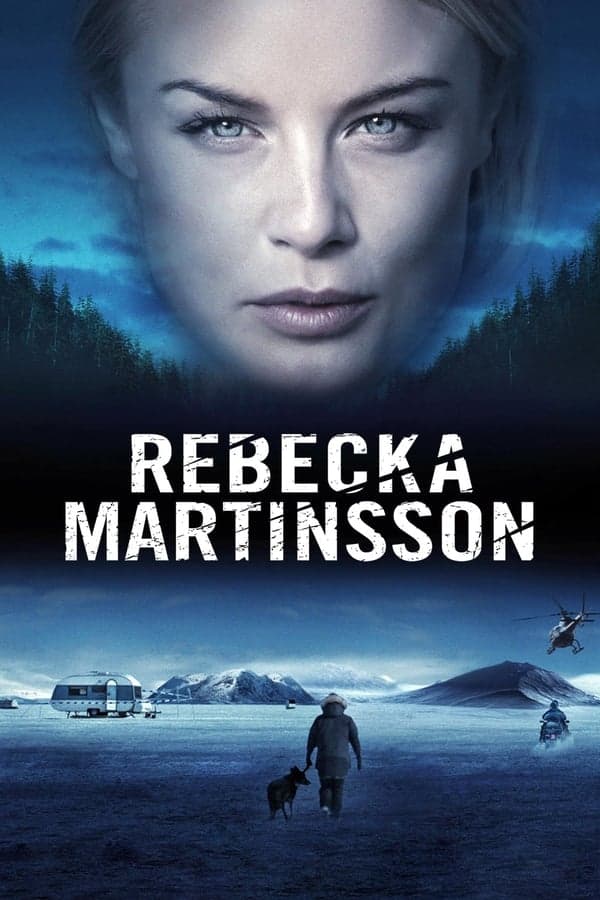
Rebecka Martinsson
2017 • Crime, Drama
Rebecka Martinsson from Kiruna has not really found herself despite her big successes at a law firm in Stockholm. When a friend from her childhood passes away, Rebecka returns to Kiruna where she's drawn into a thrilling hunt for a killer.
Why you should read the novels
Reading Åsa Larsson’s Rebecka Martinsson novels offers a deeply textured exploration of character and place, unmatched by the constraints of a TV adaptation. The books immerse readers in the brooding landscapes of Swedish Lapland, where the harsh climate intensifies both mysteries and personal drama. The interior lives of Rebecka and other characters are rendered with psychological complexity, allowing for an emotional connection that screens can’t capture.
Painted with atmospheric prose and meticulous attention to forensic and legal details, the novels give you a richer sense of the communities, histories, and haunting secrets that propel each case. There’s space on the page for cultural nuance, subplots, and surprising turns that sometimes get lost in translation from book to screen.
Fans of intricate, character-driven mysteries will be drawn to the pacing and suspense found in Larsson’s writing. If you’re seeking a suspenseful, immersive, and thoughtful experience, the source novels provide more depth, more humanity, and ultimately a more satisfying unraveling of the mysteries at the heart of Rebecka Martinsson’s world.
Adaptation differences
One significant difference lies in the chronology and selection of stories for adaptation. The TV series does not follow the novels strictly in publication order, often combining elements or shifting key developments, which can alter the narrative flow and character arcs fans of the books expect. Some plotlines and motivations are condensed or changed to fit the episodic structure and time constraints of the series, resulting in a different emphasis or even resolution.
Characterization presents another key divergence. Rebecka’s interior struggles—especially her mental health battles and the depth of her trauma—receive far greater focus in the novels. The TV show, bound by visual storytelling, sometimes simplifies or bypasses subtle psychological developments to maintain pacing, altering the emotional texture experienced by viewers versus readers.
The setting gains a unique poetic weight in Larsson’s prose, with the harsh arctic environment almost serving as a character itself. While the series offers beautiful visuals, it inevitably loses the ambient detail and cultural introspection written into the books—the small-town relationships, Sami heritage influences, and local color are richer and more nuanced within the pages.
Supporting characters and legal procedures also see adaptation changes. The novels thoroughly explore the criminal justice system, small-town policing, and Rebecka’s relationship with religion and law. The TV version often sidelines some recurring characters or combines their functions, in the interest of narrative economy, leading to a less textured supporting cast and a shift in some central themes present in the original stories.
Rebecka Martinsson inspired from
The Sins of Our Fathers
by Åsa Larsson
Sun Storm
by Åsa Larsson
Until Thy Wrath Be Past
by Åsa Larsson
The Black Path
by Åsa Larsson
The Second Deadly Sin
by Åsa Larsson
The Blood Spilt
by Åsa Larsson



